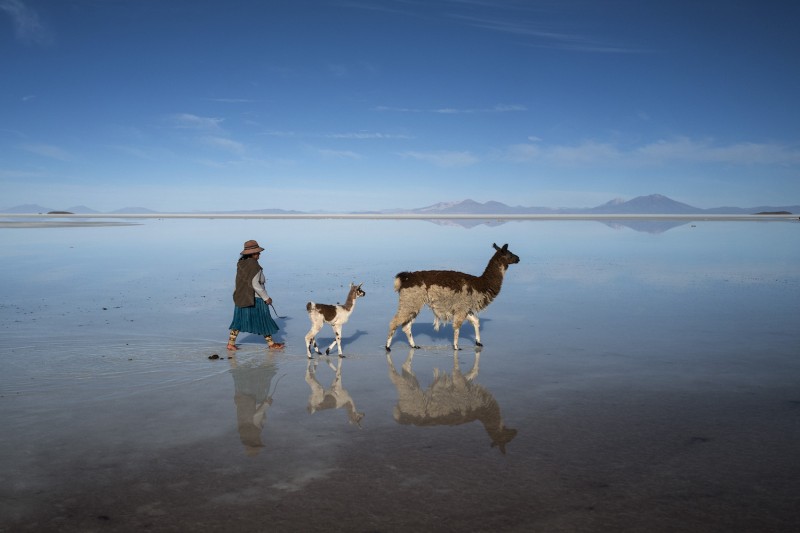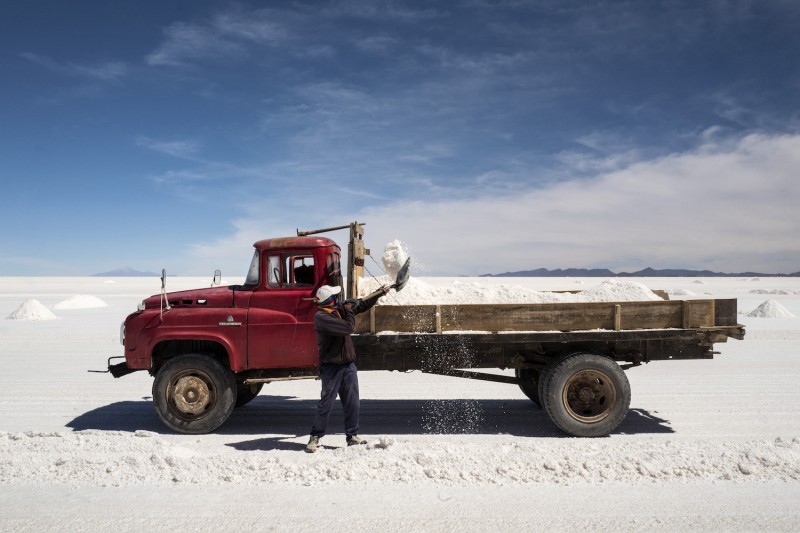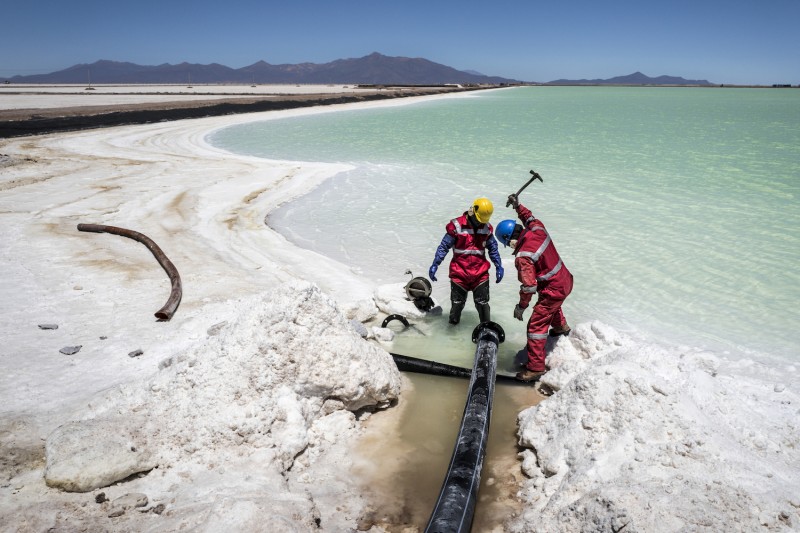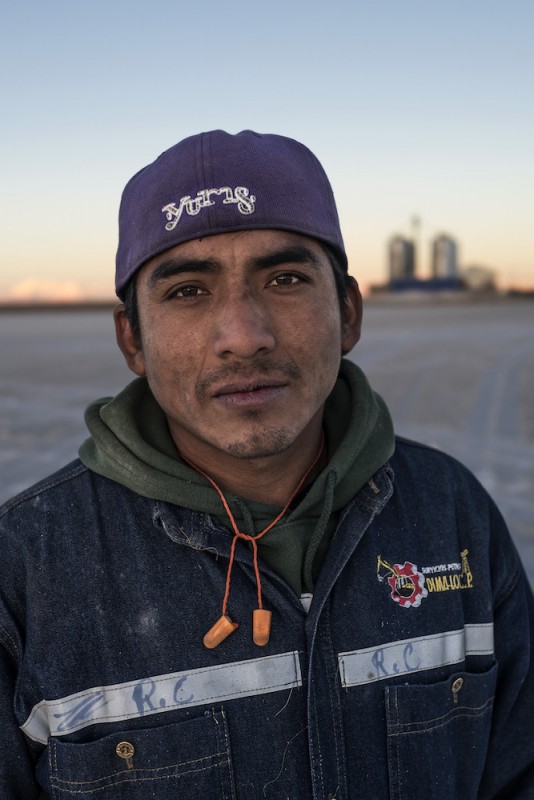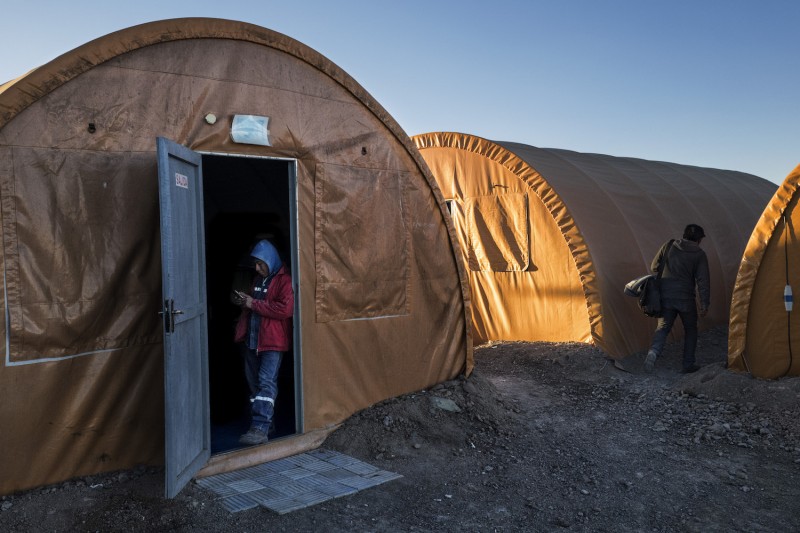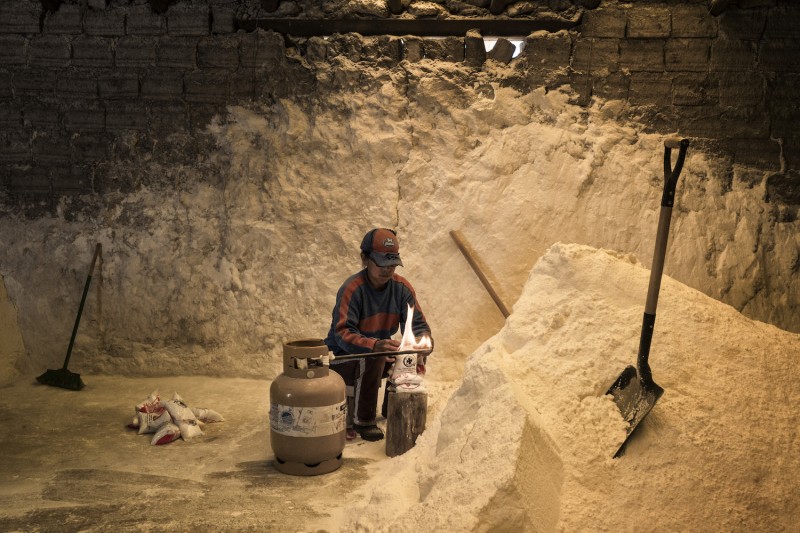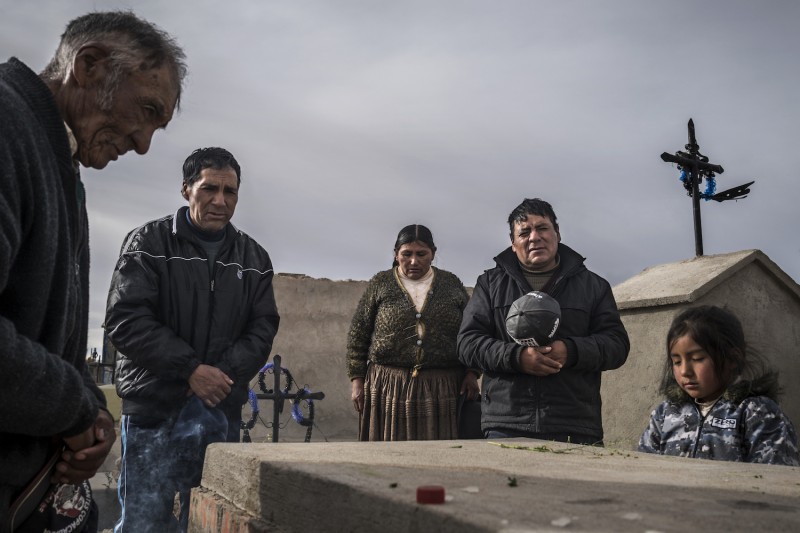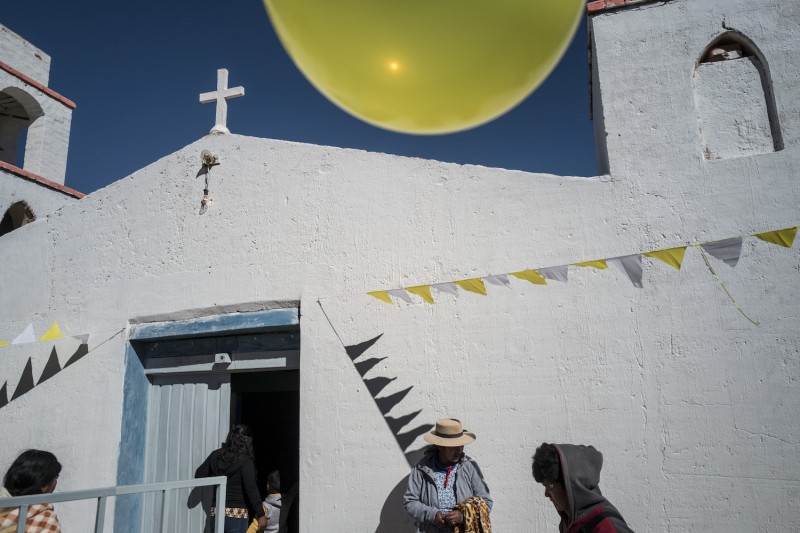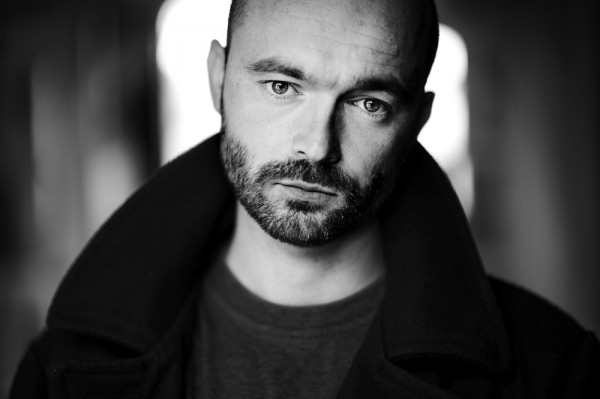Lithium Fever
Lithium Fever
Cédric Gerbehaye
July 5, 2019

LFI:The last time you were featured in our magazine, we published your images of silver mining in Potosí. Now you've documented lithium mining in Uyuni. How did you come up with this topic and why do you think it's important to show the world?
Cédric Gerbehaye: My work in Potosi offered me a historical aspect, and allowed me to go to the origins of the extraction of natural resources in South America; but also to the origins of capitalism. With the chapter on lithium I'm looking to the future. To quote Jim Shultz, director of the Centre for Democracy: “What Bolivia is doing with its lithium is extremely important: it seeks to end 500 years of theft and the exploitation of the nation's natural resources. It must aim for a global market that is still undefined, but also undertake the development of its infrastructure, technical capacity and management capacity. Bolivia is trying to take a region where the hot water only works one hour a day, and turn it into an industrial centre that can compete with Japan and the United States. This will not be easy.”
How would you describe the daily life of the workers?
They live under complicated working rules. They have to work with specific equipment to protect themselves from the reflection of the sun on the salt and brine at 3600m altitude. Beside that they alternate 28 days of work and 7 days of leave at home. Most of the workers live far and it take them a long time to reach their family.
What is the most important fact you want to underline in this project?
Mining is both a mirror of and a leverage for ongoing globalization. It raises problems in terms of management and control, but also, more fundamentally, in terms of equality, rights and, ultimately, societal choices. The many resulting conflicts take various forms and gather together different social forces, the structuring of which largely determines the fate of our planet. The negative effects of mining in general are not only substantial, but also inevitable. It disrupts the environment, as well as society, and is a potential generator of human rights violations and conflict.
At the same time, minerals play an important role in the dynamics of trade relations. Finally, they participate fully in the global transformation taking place, and thus constitute a privileged vantage point from which to examine current issues.
Find out more about the work of Cédric Gerbehaye in LFI 5/2019.
Cédric Gerbehaye+-
was born in Belgium in 1977. He is a documentary photographer, teacher and founding member of the MAPS Agency. He is the author of Congo in Limbo, Land of Cush, Sète #13 and D'entre eux, which are all published by Le Bec en l'air. His work has received multiple international awards, including the Olivier Rebbot Award of the Overseas Press Club of America; a World Press Photo; and the Amnesty International Media Award. His pictures have been widely exhibited and are included in numerous museum collections. Gerbehaye lives in Brussels. More


